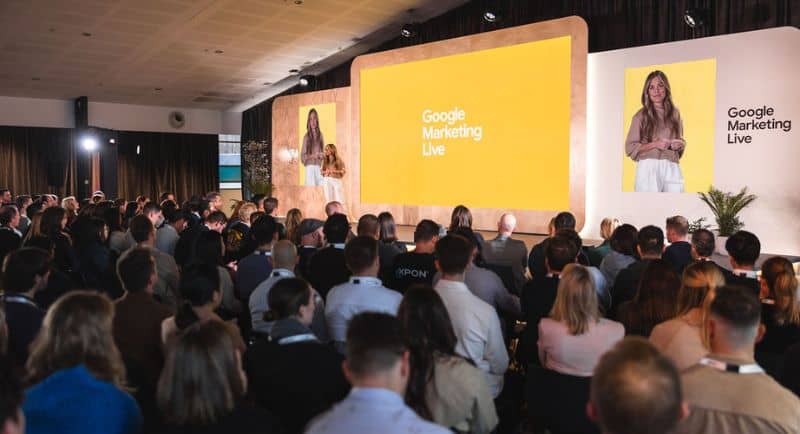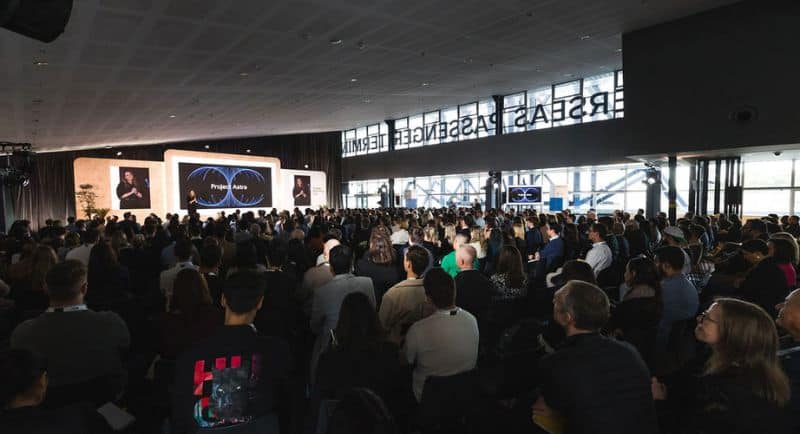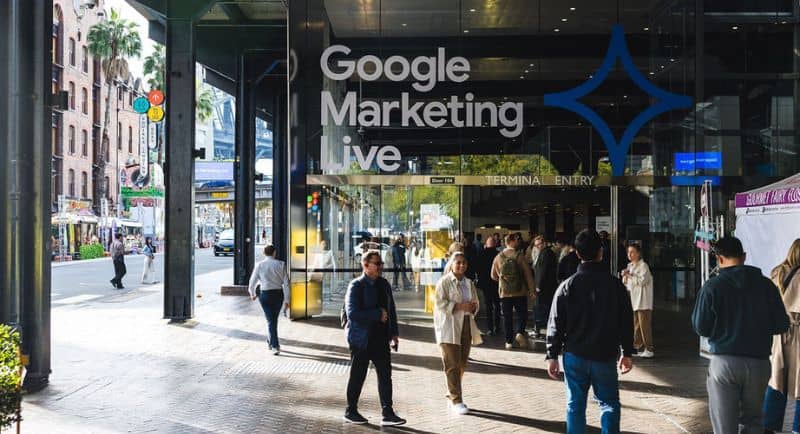Google unveiled a slew of advancements and updates to its ad products to drive growth for advertisers and brands at Google Marketing Live on Tuesday, which was attended by more than 700 advertisers and marketers at the Overseas Passenger Terminal in Sydney.
At the event, Mel Silva, managing director of Google Australia, said AI has allowed advertisers to address complex and evolving consumer behaviour, helping them provide unique and relevant creative at scale.
She said: “We see a future where AI will supercharge the entire advertising lifecycle, from assembling your creative, to running your media, to measuring results. Think of it as an ‘all-at-once’, growth and efficiency flywheel. That’s our vision for what AI could do for advertising.”

Mel Silva
Immersive ad experiences
The tech giant showcased how brands and advertisers can bring creative to life with immersive ad experiences that will help advertisers develop relevant creative at speed and scale.
Two new features will be introduced to Google’s Product Studio later this year: generating visual assets that align with a brand’s aesthetic, and turning images into video.
The tech company will also launch a Virtual Try On, allowing shoppers to view how clothes look on real people of different shapes and sizes. Universal Dubbing, now available in Australia, is a multi-modal tool that works across voice, text, and image to help advertisers translate creative into over 16 different languages through automatic captioning and dubbing.
The 3D shopping ad format, which will allow shoppers to see products in a 360-degree view, will also launch soon.

Victoria Berthinussen
Victoria Berthinussen, head of creative partnerships for Google Australia, said that while human-powered creativity sit at the heart of asset creation, advances in technology were changing the ways stories are shared.
“When you have massive consumer journeys like that, big ideas are the glue that holds them together. But humans alone can’t generate creative at the volume, velocity, and variation required to meet consumers’ expectations of relevance – and do it at scale.
“It’s a tremendous drain on creative resources, taking time away from higher value work like focusing on breakthrough creative ideas or better understanding your customers’ needs. We want AI to alleviate that problem, and empower you to be more creative than ever.”
Driving results with AI
Rick Gove, Google Australia’s head of performance solutions, took to the stage to talk about how Google has been working to help advertisers drive relevance and results at scale.
He shared that advertisers who improved their Performance Max (Pmax) Ad Strength to ‘excellent’ saw 6% more conversions on average. Those using ‘Power Pair’ (a combination of Search and Pmax campaigns) saw a 27% increase in conversions due to improvements driven by AI.
Gove presented a range of AI-powered product updates that aim to help Australian advertisers connect with customers in new and engaging ways.
Among them were asset-level reporting on PMax to allow advertisers to see conversion metrics for each creative asset to help them understand what is resonating with customers and Shopping Ads at the very top of the results on Google Lens searches.
Demand Gen on immersive surfaces including YouTube, Discover, and Gmail will roll out to Google Display and Video 360 later this year. This will help advertisers drive conversions and be even more targeted with campaigns, delivering outcomes faster.
“We’ve long accepted that delivering the right message to the right customer at the right time has been the central challenge of marketing,” Gove added. “But with ongoing media fragmentation and near constant evolution of consumer behaviour, practically doing this became hugely complex.
“Our new era of AI has enabled a new era of Ads solutions that are uniquely, and powerfully positioned to help you meet your customers’ expectations of relevance, and drive profitable growth for your business.”

Providing strong foundation of measurement
Karen Stocks, vice president of global measurement and audience solutions at Google, told attendees that the developments in AI mean advertisers have to think differently about data and measurement, in particular the importance of first party data.
“What you know about your customers, your business and your business goals and how you apply that information to your marketing through AI is your competitive advantage,” she said.
Among the updates designed to better measure performance are Google Ads Data Manager, now available in Australia. This update simplifies the process of bringing sources of first-party data in one place.
Measurement Diagnostics, which will roll out within Google Ads and Campaign Manager, will analyse sites to indicate where there is missing data or opportunities to boost campaign performance, and a troubleshooting guide of the process.

